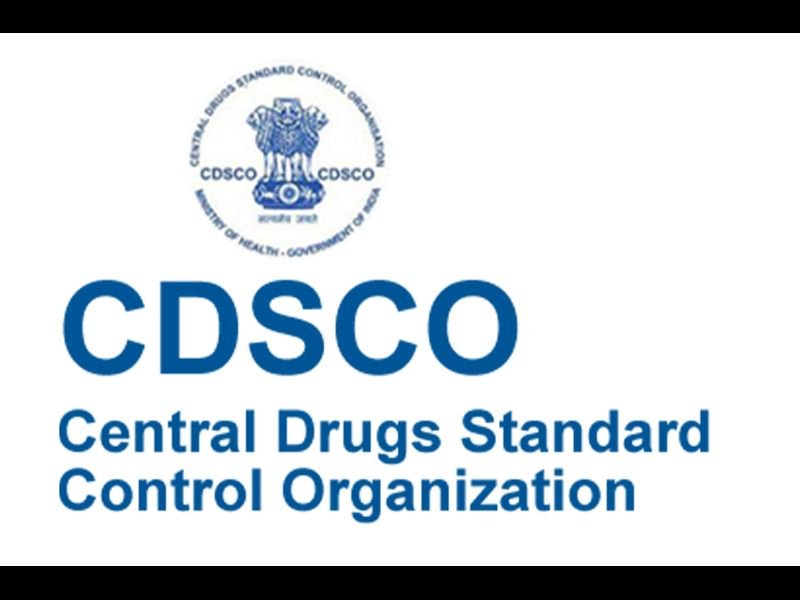The Central Drugs Standard Control Organisation (CDSCO), the apex drug regulator in India, has issued new guidelines for effective surveillance for quality and efficacy of drugs and cosmetics available in the market by adopting a uniform drug sampling methodology. The guidelines, notified on February 9, 2024, aim to cover a vast variety of drugs, cosmetics and medical devices from different locations, sources and categories with identified risks.
Sampling Plan
The new guidelines state that each drug inspector, with consultation of his controlling authority, shall prepare a sampling plan on monthly and annual basis for finalising the sampling locations to cover the entire jurisdiction or area under their office. This will avoid communication gap between the officers and optimum utilisation of resources to cover the maximum territory and all kinds of product categories.
The sampling plan should include the following information:
- Number of samples to be collected
- Product categories to be covered
- Sampling locations to be visited
- Sampling methodology to be followed
- Sampling frequency and duration
- Sampling budget and logistics
Sampling Criteria
The guidelines also specify the criteria for selecting samples based on certain identified risks, such as:
- Products with high sales volume or market share
- Products with high public health impact or essential medicines
- Products with high probability of NSQ or spurious reports
- Products with high probability of counterfeiting or adulteration
- Products with high probability of substandard manufacturing or storage conditions
- Products with high probability of misuse or abuse
- Products with high probability of diversion or smuggling
- Products with high probability of regulatory non-compliance or violation
The drug inspectors should apply these criteria to select the samples that represent the most potential risk to public health and safety. The samples should also cover a diverse range of products, such as:
- Allopathic drugs, ayurvedic drugs, homeopathic drugs, unani drugs, siddha drugs, etc.
- Prescription drugs, over-the-counter drugs, veterinary drugs, etc.
- Tablets, capsules, injections, syrups, ointments, creams, etc.
- Antibiotics, analgesics, antipyretics, antihistamines, antidiabetics, etc.
- Cosmetics such as shampoo, soap, toothpaste, cream, lotion, etc.
- Medical devices such as syringes, needles, catheters, implants, etc.
Sampling Locations
The guidelines also provide the criteria for selecting the sampling locations based on certain factors, such as:
- Location of manufacturing facility, wholesale outlet, retail outlet, government distribution channel etc.
- Location of urban, sub-urban, and rural areas
- Location of identified hotspots or blacklisted outlets
- Location of border areas or transit points
- Location of consumer complaints or adverse drug reactions
The drug inspectors should select the sampling locations that cover the entire supply chain and distribution network of the products. The locations should also cover the areas where the products are most likely to be consumed or used by the end-users. The locations should also include the areas where the products are most likely to be compromised or tampered with.
Sampling Process
The guidelines also prescribe the timeline for completing the sampling process, which is as follows:
- Sampling plan to be prepared by 5th day of every month
- Sampling to be completed by 25th day of every month
- Sample analysis report to be received by 10th day of next month
- Action to be taken on NSQ/spurious samples by 15th day of next month
- Monthly NSQ/spurious drug list to be published on CDSCO website by 20th day of next month
The drug inspectors should follow the standard operating procedures (SOPs) for collecting, handling, transporting and storing the samples. The samples should be properly labelled and sealed. The samples should be sent to the designated laboratories for analysis. The sample analysis report should include the details of the product name, batch number, date of expiry, manufacturer name and address, test parameters and results. The report should also indicate whether the sample is NSQ or spurious. The report should be sent to the concerned authorities for taking appropriate action. The action may include recall, seizure, destruction or prosecution of the products or persons involved. The monthly NSQ/spurious drug list should include the details of the product name, batch number, date of expiry, manufacturer name and address, sampling location and date.
Objective and Benefits
The CDSCO believes that the new guidelines will help in ensuring quality and efficacy of drugs and cosmetics available in the market by adopting a uniform drug sampling methodology for drug inspectors under drug regulatory authorities of state and central governments.
The objective and benefits of the new guidelines are:
- To protect public health and safety from substandard or spurious products
- To improve regulatory compliance and enforcement by drug manufacturers and distributors
- To enhance consumer confidence and trust in drug quality and efficacy
- To promote good manufacturing and distribution practices in the drug industry
- To support the development and growth of the drug sector in India
Recent Blog : Cotton Price Hike: A Worry for Textile Mills
